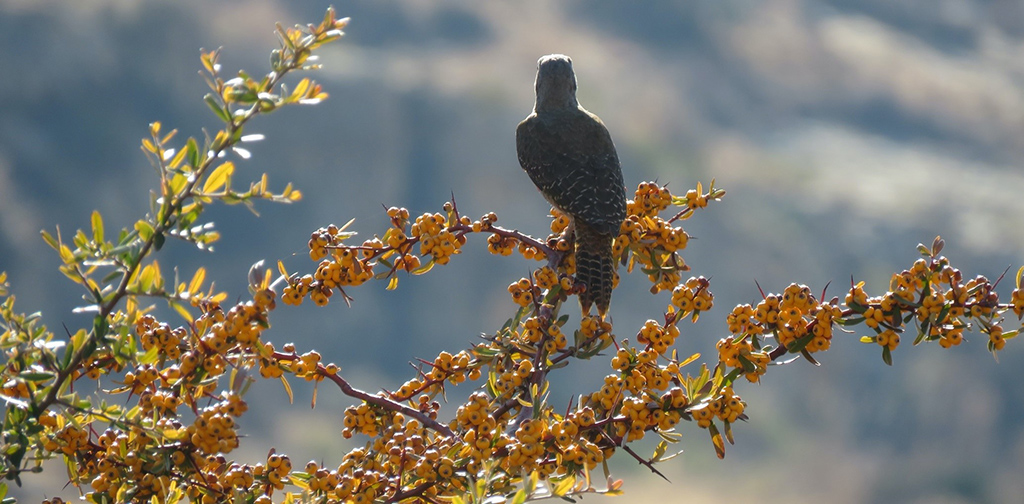New Series Focuses on Preventing the Spread of Invasive Plants
In this age of globalization, invasive plants can quickly become established in new countries and new continents. To arm stakeholders with the information they need to take action, the journal Invasive Plant Science and Management (IPSM) has launched a new series on the biology and ecology of invasive plants.
Each article will focus on an emerging threat and provide practical recommendations for how to intervene. One example: maps will be included to highlight where the featured invader is most likely to spread. The information is intended to serve as an alert for biosecurity managers, who can determine whether they need to take preventive measures.

The first article in the new series focuses on the weedy shrub Pyracantha augustifolia. Historically grown as a garden ornamental and hedge plant, pyracantha has become a global invader now prohibited in many countries. It can form dense, impenetrable thickets that reduce the value of grazing lands. It also can harbor insects and diseases that damage crops. Many habitats around the globe are currently at risk of invasion, including semi-arid regions of Argentina, the United States and Central Europe.
To learn more about pyracantha, read “The Biology of Invasive Plants: Pyracantha angustifolia,” which is currently available Open Access.
Scientists interesting in contributing articles to the new series on the biology and ecology of invasive plants are encouraged to send inquires to wssa@cambridge.org.





